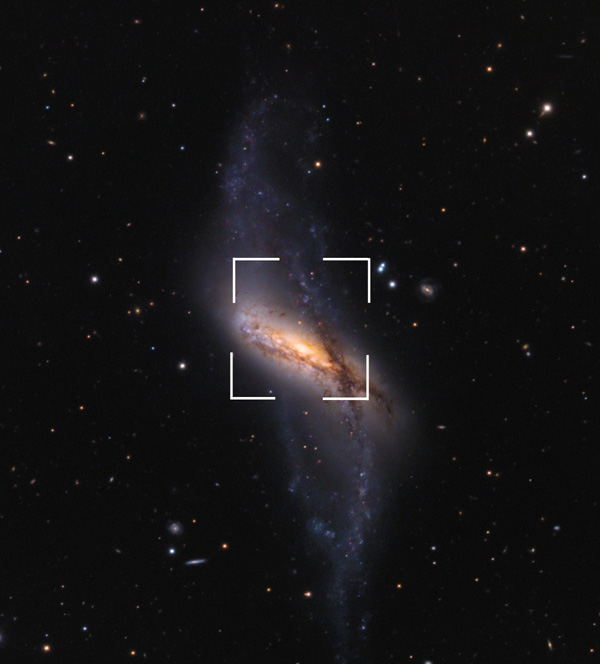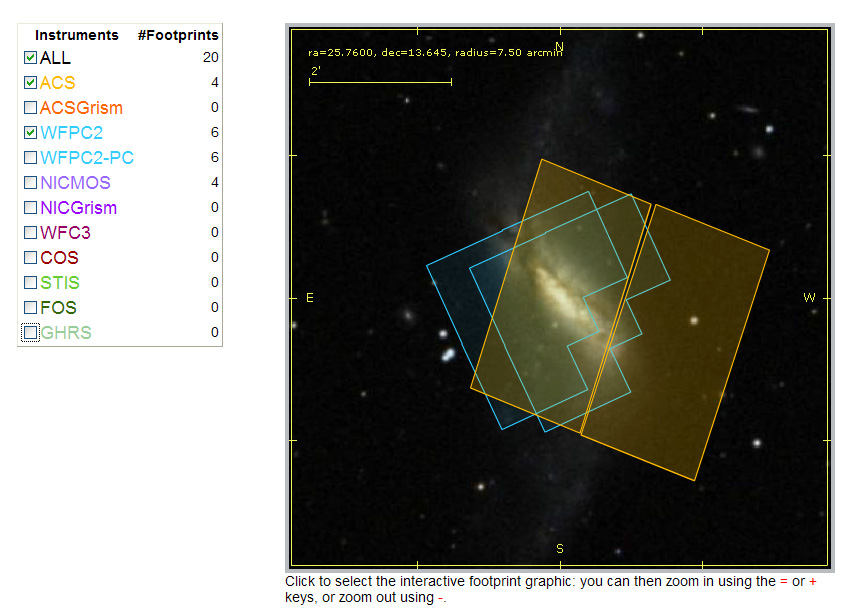
NGC 660 is a Polar Ring Galaxy, an unusual type of galaxy which has an outer population of stars, gas, and dust orbiting nearly perpendicular to the main disk of the galaxy. Essentially polar ring galaxies have two distinct systems, the host galaxy and the polar ring. It has been known for some time that the polar ring contains more gas than the host galaxy so it has been assumed to be a structure younger than the host galaxy. The current theory is that polar rings form when two galaxies interact but do not collide. The ring is acquired in a tidal gas accretion event as gas and stars are stripped from one of the interacting galaxies, ultimately forming an orbiting ring structure around the host galaxy. It has been shown that star formation can occur independently within the polar ring giving rise to generations of younger stars and their nebulae. In the Hubble image HII clouds can be seen within the ring which is nearly perpendicular to the host galaxy's disk.

Image courtesy of Adam Block shows the HST Field of View.

Hubble Legacy Archive Footprint graphic showing the field of view of the ACS and
WFPC-2, the two detectors used to record the image data.